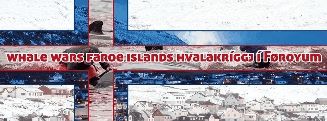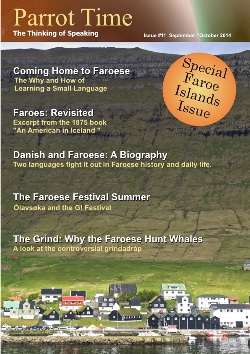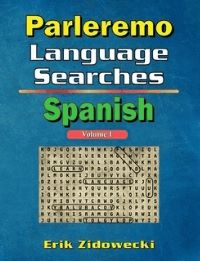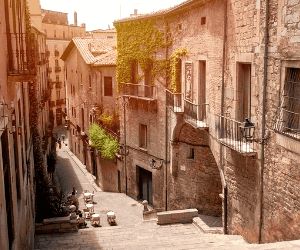The Grind: Why the Faroese Hunt Whales

|
The Hunter's Perspective by Morten Ejner Hønge
The Faroe Islands are a small island nation very bound in deep traditions, with our ring-dance, our national costume, and our long history. We live very close together, and we still cherish our values and our heritage as we have done throughout the centuries. We are descended from the great Vikings, and it is from them we get our stubbornness. We have eaten pilot whale since we first arrived on these islands of the North Atlantic over a thousand years ago, and it is still part of a daily life: we are not prepared to stop doing this because some foreigners disagree. Whale hunting was very necessary in the old days, when hunger was a major problem in the Faroe Islands. Sometimes we had to eat seaweed or worse just to survive, and anyone caught stealing a sheep received the death penalty, so you can imagine how the discovery of the pilots whales seemed like a gift from heaven. The meat would be shared among everyone who had participated in the grind, or whale killing, and everyone who lived nearby. It was free, good meat from the sea. Whale meat still makes up a significant portion of our diet today. Since April 2014, an organization called Sea Shepherd has been in the Faroe Islands. Its members have tried everything they can to get the world to hate us for killing whales. In return, we have treated them like our own people and been very nice to them, even if they are there to try to get us to change our way of life. But we won’t stop, because it is part of our culture and tradition. For us, the whales have always been a valuable food source for which we have been extremely grateful. The whales are killed in the most humane way possible. We don’t go looking for them, but only drive the whales that have come closer to the shore themselves onto the beach so we can kill them quickly and humanely. A knife called a mønustingarin is struck into the whale near the blowhole, killing it instantly. After the whale is dead, it is cut to allow its blood to flow out. When the whale is bled out, we drag it onto the beach. The bleeding is done in the water because it is cleaner and gets the blood cleansed away quickly. This makes the process look messy, because the water is full of red blood after the killing. But if you would kill a cow in the ocean instead of in a slaughterhouse, hidden from sight, it would look very similar. After the whales have been dragged up onto the beach, the meat is divided among everyone who participated, and who lives in the area. The beach is full of people during this process, so it is a very social event and everyone gets their share. Much of the meat also goes to retirement homes, hospitals and the homeless to feed people. None of the meat goes to waste; everything is used. Whale meat helps many people who have little money for food, and it is therefore still a great need in the Faroe Islands and will probably continue to be so for many years yet. Because we are so far away from the rest of the world, our food is very expensive to import. Fishing is a major part of the general collective Faroese food source, and most people eat fish here several times a week.  Morten Ejner Hønge is a grindadráp supporter, hunter, and founder of the "whale wars faroe island - hvalakríggj í Føroyun" group on Facebook, which has people discussing both sides of the whaling controversy. https://www.facebook.com/groups/whalearsfaroeislan/948935571787983 We feel it is much better to eat fresh food from the sea than meat from factory-farmed animals. It has long been a necessity for us to kill the whale and we will continue to do so for many more years, sticking to our old traditions that have kept us alive on these remote islands for many years. We will never forget these things, because they are what makes us Faroese. The Faroe Islands are a great place on earth; a place that must be experienced at least once in a person’s life. Come here and discover some of the traditions we have and enjoy our great hospitality. We love our nature and take great care of it. Discover an amazing place on earth; come visit the Faroe Islands! • |
| The Grind: Why the Faroese Hunt Whales | |||||||
| Writer: | Elin Brimheim Heinesen, Morten Ejner Hønge, Miranda Metheny | ||||||
| Images: | |||||||
| |||||||
| Sources: | |||||||
| |||||||
| Miranda was the editor for these articles and wrote the introductory paragraphs | |||||||
Miranda Metheny retains all copyright control over her images. They are used in Parrot Time with her expressed permission.
All images are Copyright - CC BY-SA (Creative Commons Share Alike) by their respective owners, except for Petey, which is Public Domain (PD) or unless otherwise noted.
comments powered by Disqus



















